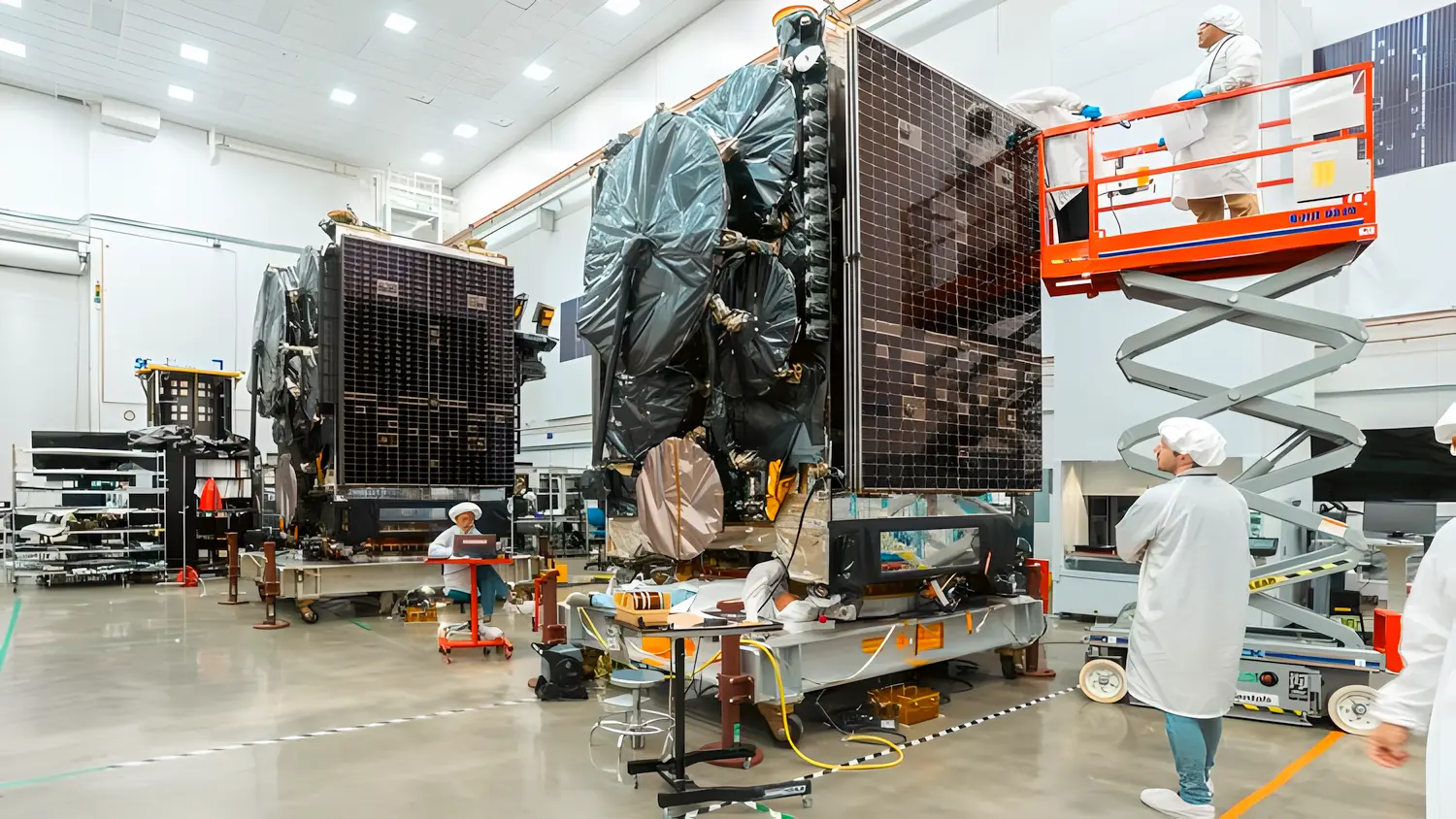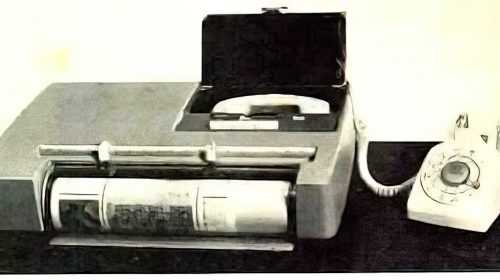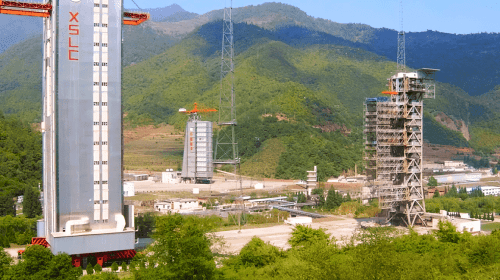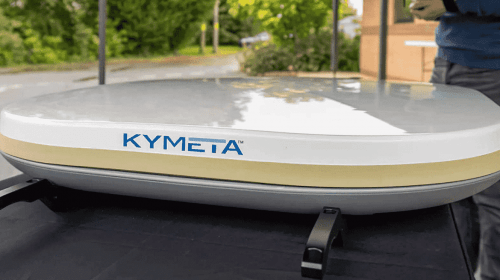Viasat and Space Norway Team Up for Success
May 17, 2025
Viasat announced that their GX10A and GX10B satellite payloads onboard a pair of Arctic satellites in a shared satellite mission are now available. These payloads are housed on Space Norway’s Arctic Satellite Broadband Mission (ABSM) spacecraft — ASBM-1 and ASBM-2. This joint venture brings together commercial and government organizations from around the world. The two satellites were constructed by Northrop Grumman and deployed into orbit by a Falcon 9 rocket in August last year, setting an example of how international cooperation can drive the development of future space missions.
 ASBM-1 and ASBM-2 satellites built by Northrop Grumman at their Dulles, Virginia facility. Credit: Northrop Grumman
ASBM-1 and ASBM-2 satellites built by Northrop Grumman at their Dulles, Virginia facility. Credit: Northrop Grumman
GEOStar satellites on Highly Elliptical Orbits (HEO) are also carrying payloads for the U.S. Space Force. The payloads for the U.S. Space Force are the Enhanced Polar Systems-Recapitalization (EPS-R) payloads developed by Northrop Grumman. These systems deliver secure satellite communications to U.S. forces operating in the polar regions. The Branch Chief for EPS-R noted that changes in the region called for enhanced capabilities to promote stability in the Arctic. He added that the increasing importance of the Arctic region required cooperation with Space Norway to ensure that both nations can enhance joint security and foster strong ties with other nations.
Troy Brashear, vice president of Satellite Missions at Northrop Grumman, explained that the EPS-R payload was isolated from the rest of the satellite, with all its data being transmitted directly to the U.S. Space Force. He acknowledged that cooperation from high-level officials on both sides was essential to enable the integration of a sensitive U.S. military system onto a commercial spacecraft. He noted that major recognition should be given to the leadership in the U.S. who were willing to take a chance in making this partnership possible. The Space Force will manage the operation of the payload and Northrop Grumman has developed the CAPS ground system to maintain confidentiality and reliability for the classified military operations of the mission.
Brashear brings firsthand experience from his time serving in the U.S. Air Force within the Arctic Circle. He explained that it’s a very challenging area for logistics and communication, and performing missions there can be hazardous. He expects to see an increase in joint commercial/military missions because of the advantages of cost sharing and how American military communications on a foreign satellite complicate enemy decision-making. Spending more than a year in Greenland taught him how challenging the environment is, which he believes this new technology will greatly benefit those operating in the area.
Space Norway Program Director, Kjell-Ove Skare, stated that after the successful launch, they had moved one step closer to bringing broadband to users in the Arctic; the main objective of the mission. He explained that the shared objective has motivated everyone working on the ASBM program, making it an outstanding example of interagency and international cooperation. Viasat successfully conducted final testing of the satellites last year and expects to make both government and commercial services for maritime and aviation users available over the next four years. Viasat Government President Susan Miller expressed enthusiasm about offering services that benefit scientific research and ensure reliable communication for government operations, noting that this achievement advances Viasat’s capabilities to offer multi-orbit solutions and services tailored to address evolving connectivity needs of government users worldwide.





